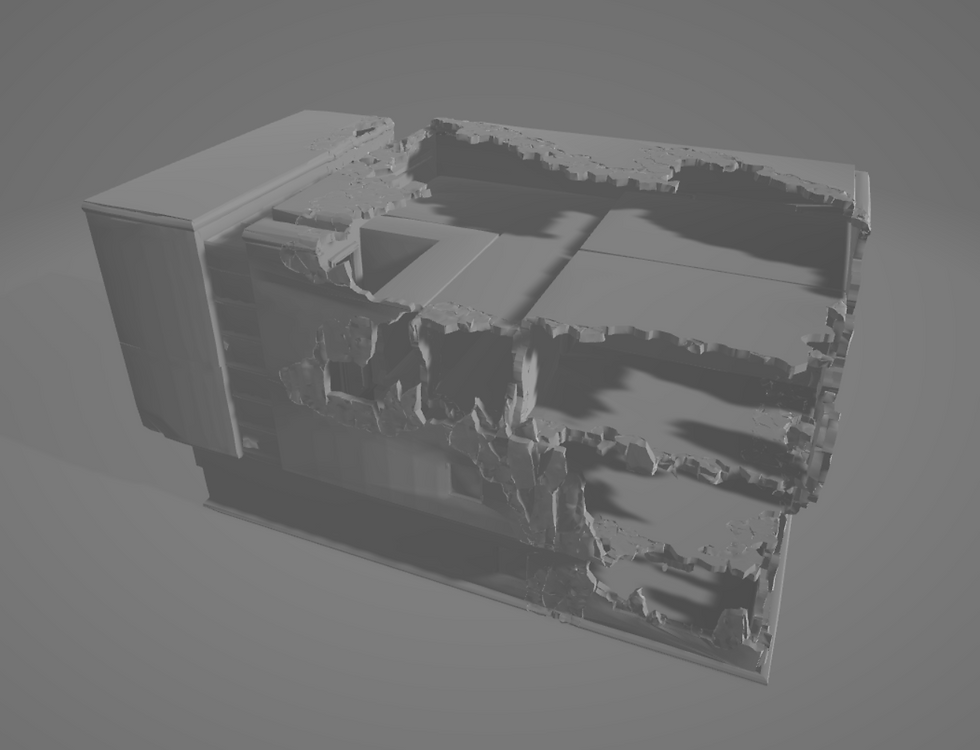Isolated Intelligence, The Team
- Chris Leu
- Apr 17, 2019
- 2 min read
Isolated Intelligence was a co-op grappling-based puzzle-platformer with upgrade elements, set in a derelict colony spaceship, with the last two surviving creatures being the two players, an animate plant which has assimilated a human body, or a sentient maintenance robot which has been scavenging for parts since whatever cataclysmic event scuttled the vessel.

Chris Leu
I was in charge of miscellaneous disciplines that did not fit cleanly into code, modelling, texturing, sound, or documentation, this is discussed more in-depth elsewhere in this blog.
Carter Bourk lead the team as overall manager, and he ensured meetings went as planned, and documented what was discussed and why. He also smoothed out interpersonal grievances, and overall he insured the team finished the project and our final year at Algonquin College copacetically.
Douglas Bennett and I had frequent contact, as the art lead for the team, he partially directed the creation of particle effects, new shaders, and oversaw my animation work. Doug managed the art team, listed below, with finesse and dedication, even despite working another job on top of capstone and classes. Overall, he was exceptional in leadership, in addition to being diligent himself, creating nearly all of the promotional material such as buttons, postcards, or video trailers and in-game clutter such as microscopes, clipboards, air-tanks, or hologram-screens.
Madelyn Kahrman was invaluable in nailing down the initial atmosphere of Isolated Intelligence, as she was able to quickly and effectively produce enchanting environmental concept art, and iterate over feedback from the team, rapidly updating and revising as needed. Once we reached production, she established an efficient, powerful pipeline for rapidly and effectively producing high-quality textures, which we used to great effect on a number of skinned- and hard surface- meshes, in addition to producing the lush variety of plants used in the title.
Matthew Flemming lead all audio recording and mixing, as well as the rigging and skinning of most models, while also establishing the overall mood of the game through carefully selected background music, in addition to hand mixing the sfx for each of the more than fifty individual sounds in the title.
Rebecca Kendel lead the code team, spearheading the documentation of the entire project, as well as being a vocal proponent of the structural design of the project. She maintained through code standards which kept the project clean, and was able to quickly prototype systems for the title, in addition to refining them from mutable first draft to a finalized version easily managed by designers.
Kyle Hermer was the backbone of the code team, as he was producing high-quality, well documented C# script from day one, even on topics beyond normally expectation for the program such as synchronous networking, and creating new tools to use in Unity. To say he was invaluable would be severely understating the dedication, efficiency, and impact of his work on the title.
Ali Zor took charge of design and put in more effort for better results than anyone I had seen before or since. His work ethic and endless endeavor to go beyond what was expected and establish that as the standard for the team pushed us all to improve ourselves and each other.




Comments